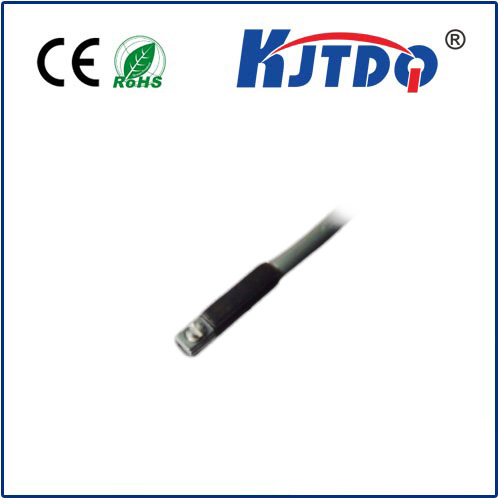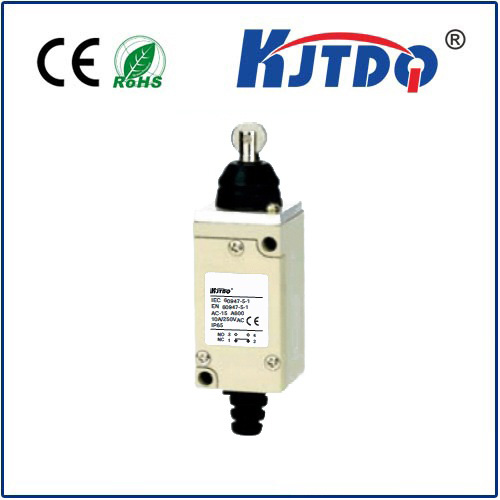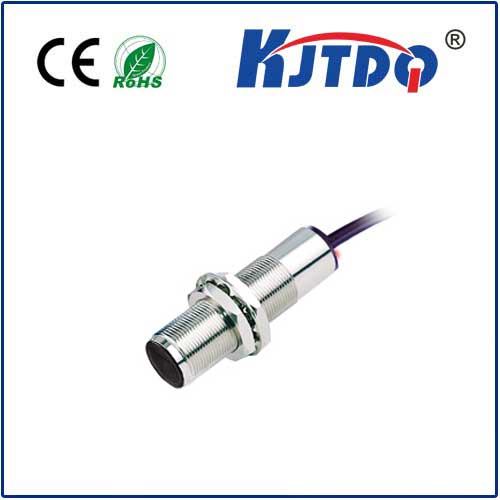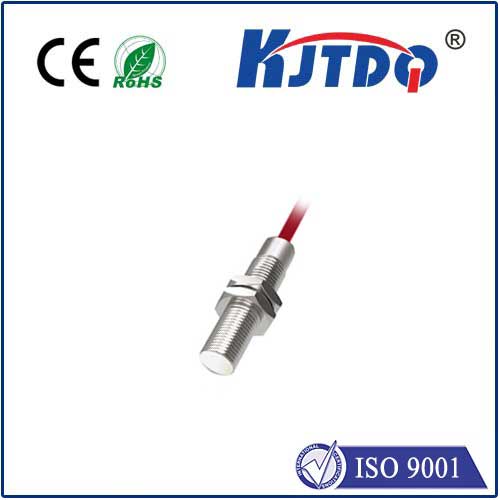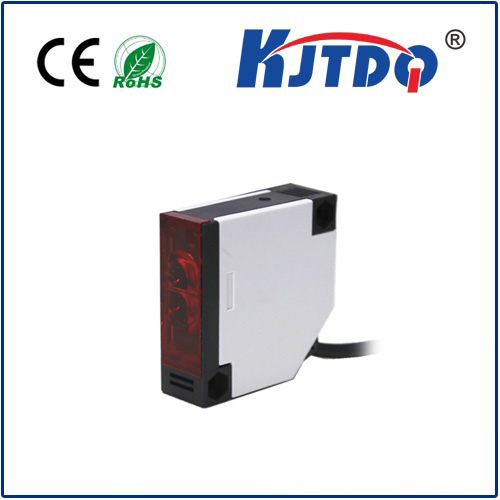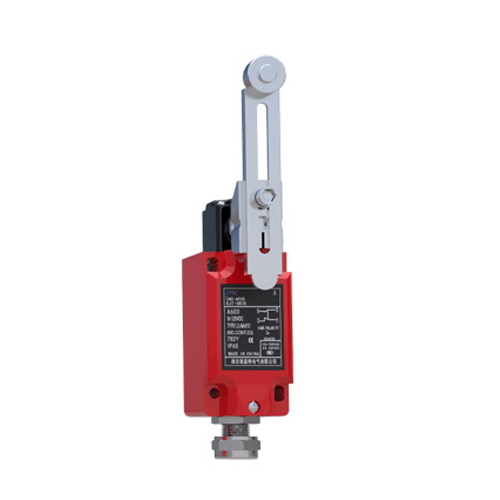

check

check

check

check
In today’s rapidly evolving industrial landscape, where precision and reliability can make or break efficiency, the quest for smarter sensing solutions has never been more critical. Picture this: a production line humming with activity, robots assembling parts flawlessly, and conveyor belts whisking goods along—all made possible by tiny, unassuming heroes like the E3Z-T61 2M M18 photoelectric sensor. This compact wonder isn’t just another component; it’s a game-changer in detecting objects at remarkable distances, enabling factories and facilities to operate with unprecedented smoothness. As industries strive for reduced downtime and heightened safety, understanding the capabilities of such advanced sensors becomes essential. Here, we delve into the heart of this innovation—unpacking how the E3Z-T61 series stands out and why it’s becoming a cornerstone in modern automation.
To grasp the significance of the E3Z-T61 2M M18 photoelectric sensor, let’s start with the fundamentals. Photoelectric sensors, in general, operate on a simple yet profound principle: they emit a beam of light (typically infrared or visible) and detect changes when an object interrupts or reflects it. This translates to non-contact detection, ideal for environments where physical touch could cause wear or contamination. The E3Z-T61 variant takes this concept further with its M18 form factor—a standardized 18mm diameter housing that ensures seamless integration into tight spaces. The “2M” designation highlights its impressive sensing range of up to 2 meters, offering extended reach without compromising accuracy. This combination allows it to excel in settings where other sensors might falter, such as dusty warehouses or high-vibration machinery areas. Simply put, it’s a fusion of robust engineering and intelligent design, tailored for real-world demands.

What truly sets the E3Z-T61 apart is its array of key features, meticulously crafted to deliver unmatched performance. For starters, its high-precision detection capability minimizes false positives, ensuring that only relevant object interferences trigger responses. This is bolstered by an exceptionally durable build, featuring an IP67-rated enclosure that repels water, oil, and dust—perfect for harsh industrial conditions. Users appreciate the sensor’s easy installation; with options for through-beam, retro-reflective, or diffuse reflective modes, it adapts effortlessly to varied applications. As a photoelectric sensor designed for longevity, it boasts low power consumption and stable operation over millions of cycles, reducing maintenance headaches. Moreover, the 2M range adds a layer of versatility, allowing it to monitor larger zones like loading bays or assembly lines where shorter-range units would fall short. This adaptability not only boosts efficiency but also slashes costs by eliminating redundant setups.
Delving into real-world applications, the E3Z-T61 shines across diverse sectors. In manufacturing plants, it acts as a vigilant sentinel for part presence on conveyor belts, preventing jams and ensuring seamless flow. For instance, in packaging lines, this sensor detects boxes or products at high speeds, enabling precise sorting and reducing waste. Its M18 size makes it a favorite in automotive robotics, where compactness is key for mounting within confined spaces—such as checking component alignment in engines. Beyond industry, logistics hubs leverage its long-range detection to monitor pallet movements or door openings, enhancing safety protocols. Why choose the E3Z-T61 model specifically? Compared to bulkier alternatives, its compact and lightweight design allows for flexible retrofitting into existing systems without extensive modifications. Plus, its reliable performance in challenging environments means fewer failures and more uptime, directly translating to higher productivity.
In conclusion, embracing the E3Z-T61 2M M18 photoelectric sensor isn’t just about upgrading equipment; it’s about future-proofing operations in an automated world. By prioritizing accuracy, durability, and adaptability, this sensor empowers businesses to achieve their efficiency goals effortlessly. So, as industries continue to innovate, let this unsung hero lead the charge.



